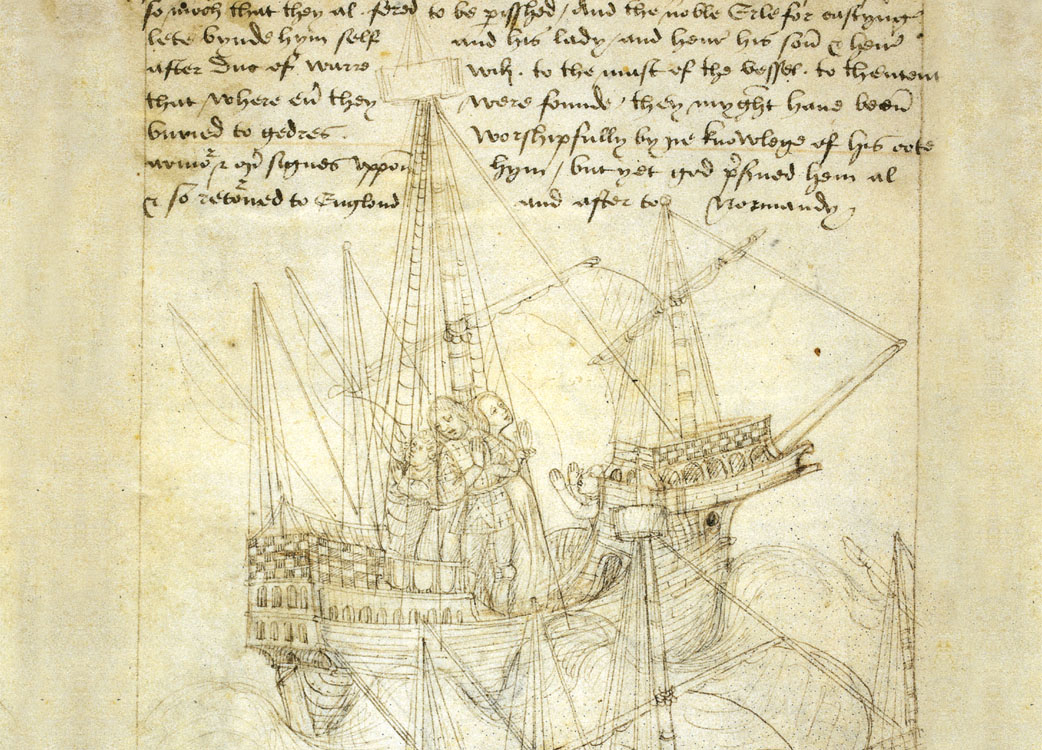
Introduced by the Portuguese in the mid-fourteenth century, the caravel was the vessel that made it possible to circumvent the Turkish blockade in the Mediterranean. Its ruggedness, speed, and maneuverability made it especially suitable for long voyages, and proved decisive in ocean crossings. The Portuguese used it to reach the East Indies by circumnavigating Africa, while the Spanish used it to pave the way for the discovery of the New World. Two of the three ships used by Columbus on his first voyage, the Niña and the Pinta, were caravels. With a tonnage ranging from 60 to 150 tons, the caravel was fitted with two or three masts and was called square-rigged caravel (or round caravel) if fitted with square sails and lateen caravel if it carried triangular sails. The latter made it easier to tack and sail upwind, as well as making the ship more resistant to gales and storms. The captain's cabin was located aft, below the quarterdeck, where the helmsman’s protected quarters were also located. The hold—the bottom of the hull—carried foodstuffs, stocks of fresh water, and cargo. (Caravel, Cottonian ms. Julius E.IV, f. 25b - London, The British Library)




